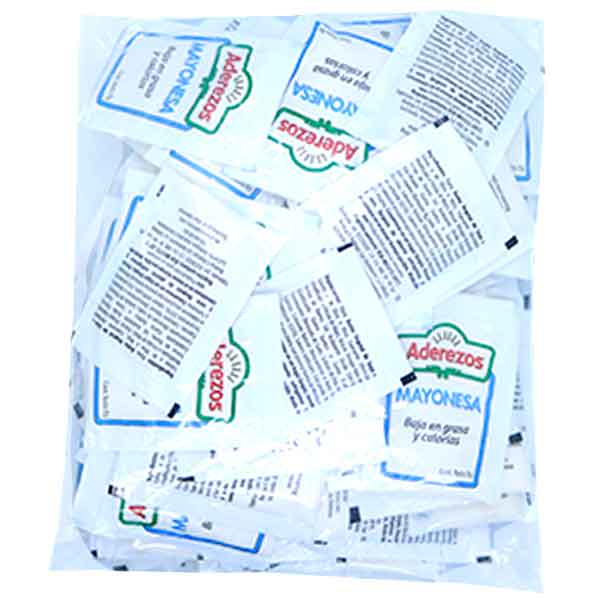The open web, or clear web, is the «visible» surface layer. In the event that we keep on picturing the whole web like an ice sheet, the open web would be the top segment that is over the water. From a factual viewpoint, this group of websites and information makes up fewer than 5% of the absolute web.
All generally open confronting websites got to through customary browsers like Google Chrome, Internet Explorer, and Firefox are contained here. Websites are generally named with library operators like «.com» and «.organization» and can be effortlessly situated with mainstream web engines.
Finding clear web websites is conceivable because web search tools can file the web through obvious links (an interaction called «creeping» because of the web crawler venturing to every part of the web like an arachnid).
The deep web
The deep web rests underneath the surface and records for around 90%, everything being equal. This would be the piece of an ice shelf underneath the water, a lot larger than the surface web. Indeed, this shrouded web is enormous to the point that it’s difficult to find precisely the number of pages or websites that are dynamic at any one time.
Continuing with the relationship, large web search tools could be viewed as like fishing boats that can just «get» websites near the surface. All the other things, from scholastic diaries to private information bases and more unlawful substance, is far off. This deep web additionally incorporates the bit that we know as the dark web.
While numerous media sources use «deep web» and «dark web» reciprocally, a large part of the deep segment all in all is entirely legitimate and safe. Probably the biggest pieces of the deep web include:
Information bases: both public and secretly secured document assortments that are not associated with different zones of the web, just to be looked inside the data set itself.
Intranets: interior organizations for ventures, governments, and instructive offices used to impart and control perspectives secretly inside their associations.
Types of dangers on the dark web
In case you’re thinking about using the dark web for essential protection purposes you may in any case address, «Is dark web risky to use?» Unfortunately, it particularly can be a hazardous spot to be. The following are some basic dangers you may look at during your perusing encounters:
Malicious software — for example, malware — is completely alive the whole way across the dark web. It is regularly offered in certain entrances to give dangerous entertainers the devices for cyber-attacks. Notwithstanding, it additionally waits for the whole way across the dark web to taint clueless users simply as it does on the remainder of the web.
The dark web doesn’t convey a considerable lot of the common agreements that website suppliers follow to ensure users on the remainder of the web. Accordingly, users can end up routinely presented to certain sorts of malware like:
Keyloggers
Botnet malware
Ransomware
Phishing malware
If you decide to seek after investigating any sites on the Dark Web Links Directory web, you put yourself in danger of being singled out and focused for hacks and that’s just the beginning. Most malware contaminations can be gotten by your endpoint security programs.
The dangers of web-based perusing can reach out into the unplugged world if your PC or organization association can be misused. Secrecy is ground-breaking with Tor and the system of the dark web, yet it isn’t dependable. Any online action can convey breadcrumbs to your personality on the off chance that somebody burrows far enough.


